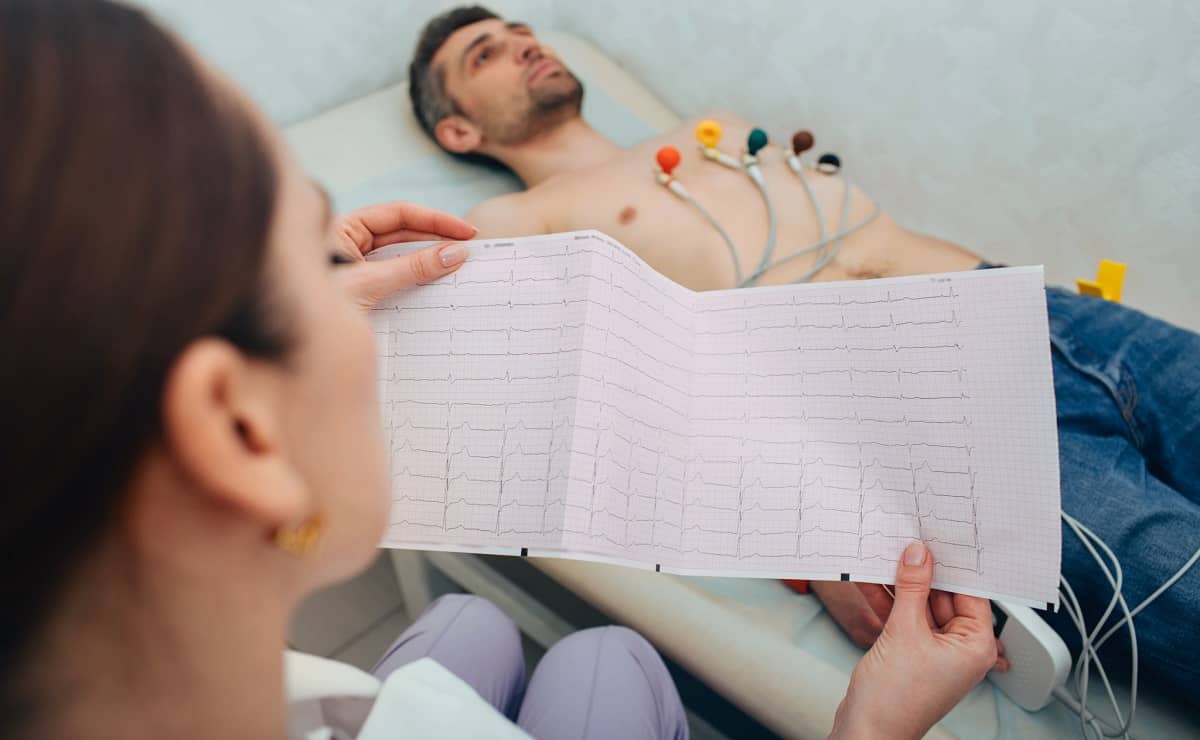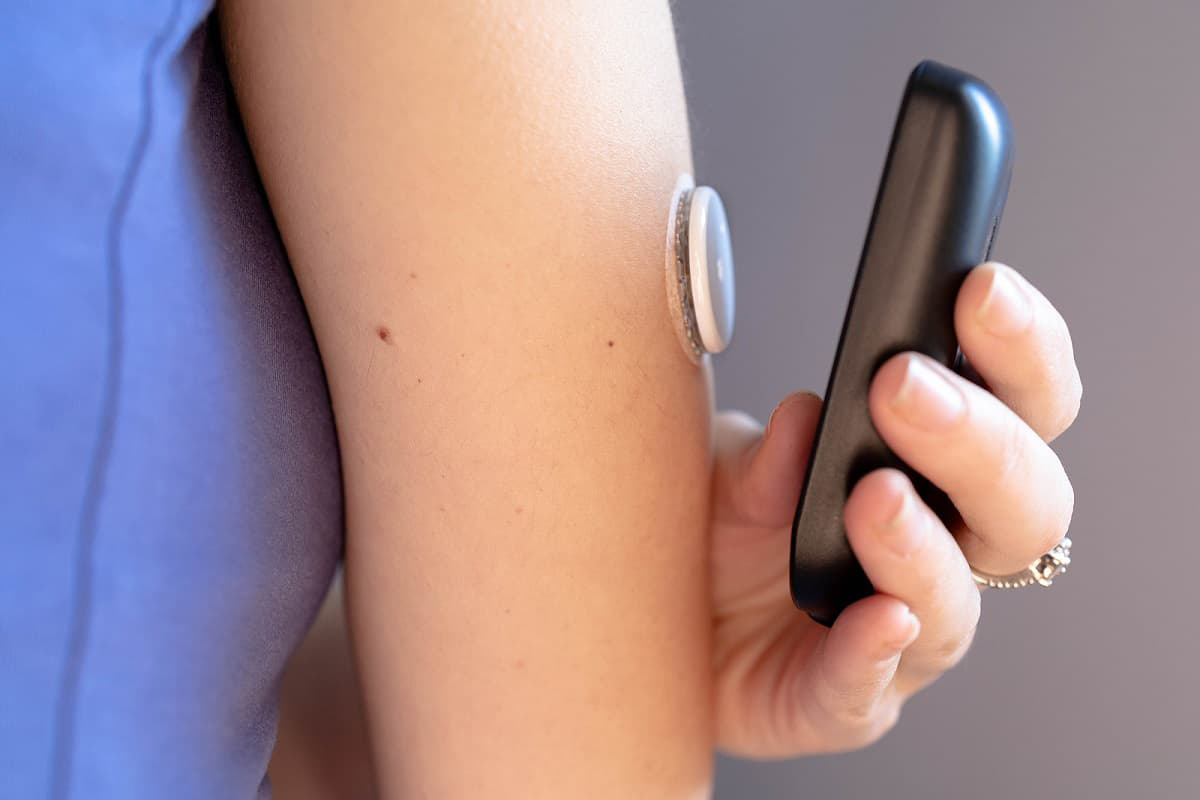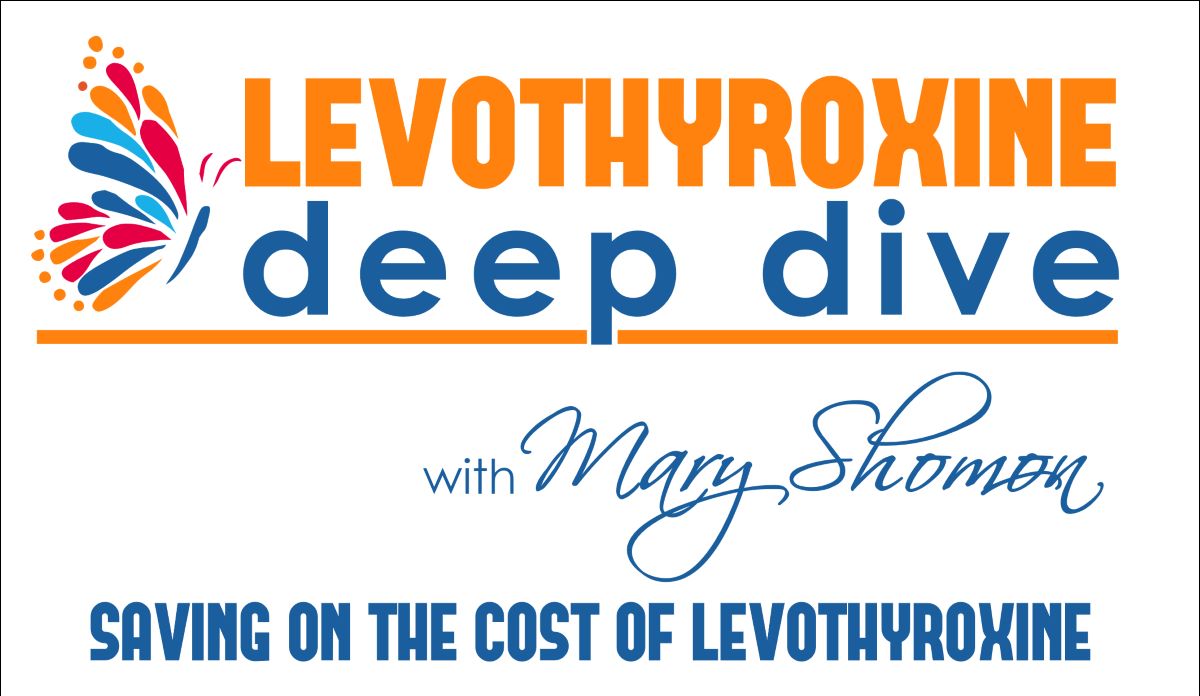

Finance
How Much Does Ivig Cost Without Insurance?
Published: November 14, 2023
Learn the cost of IVIG treatment without insurance coverage and find out how to manage your finances for this medical expense.
(Many of the links in this article redirect to a specific reviewed product. Your purchase of these products through affiliate links helps to generate commission for LiveWell, at no extra cost. Learn more)
Table of Contents
Introduction
When it comes to medical treatments, it’s no secret that the costs can be daunting. This is especially true for treatments such as Intravenous Immunoglobulin (IVIG), which is used to treat various auto-immune and neurological conditions. IVIG is a specialized therapy that involves the infusion of antibodies from healthy donors directly into the patient’s bloodstream. It can be a lifeline for those suffering from conditions like immune deficiency disorders, autoimmune diseases, and certain neurological disorders, providing them with the necessary antibodies to fight off infections and manage their symptoms.
However, the cost of IVIG treatment can be quite high, often leaving patients wondering how they will afford it, especially if they do not have insurance coverage. In this article, we will explore the factors that influence the cost of IVIG without insurance, provide an estimate of the average cost, and offer some tips on how to save on the expenses.
It is important to note that the exact cost of IVIG without insurance can vary depending on several factors, including the dosage required, the frequency of treatments, the specific brand or formulation of IVIG, and the location of treatment. Additionally, prices can differ significantly between healthcare providers and medical facilities. Therefore, it is advisable to consult with healthcare professionals and request personalized cost estimates before making any decisions.
Factors that Affect the Cost of IVIG without Insurance
Several factors contribute to the overall cost of IVIG treatment when insurance coverage is not available. Understanding these factors can help patients anticipate the expenses associated with their treatment. Here are the key factors that influence the cost of IVIG without insurance:
- Dosage and Treatment Frequency: The dosage of IVIG required for each patient varies depending on their specific condition and response to treatment. Higher doses or more frequent treatments generally result in higher costs.
- Brand and Formulation of IVIG: There are multiple manufacturers and formulations of IVIG available in the market. The cost can vary depending on the brand and specific formulation prescribed by the healthcare provider.
- Location: The cost of medical treatments, including IVIG, can vary significantly based on the geographical location of the healthcare facility. Different areas may have different healthcare provider rates and regional pricing variations.
- Medical Facility or Provider: The choice of healthcare provider or medical facility can impact the cost of IVIG treatment. Prices may vary between hospitals, clinics, and specialized infusion centers.
- Additional Services and Administration Costs: In addition to the cost of the IVIG medication itself, there might be additional charges for medical consultations, nursing services, and the administration of the treatment.
- Supportive Care and Monitoring: Some patients require additional supportive care and monitoring during and after IVIG treatment, which can add to the overall cost. This may include laboratory tests, imaging scans, and follow-up appointments.
It is important to discuss these factors with your healthcare provider to get a clear understanding of the potential costs associated with IVIG treatment without insurance. They can provide you with personalized information and help you navigate the options available to make the treatment more affordable.
Average Cost of IVIG without Insurance
It’s important to note that the cost of IVIG without insurance can vary significantly depending on the factors mentioned earlier. The average cost of IVIG treatment without insurance can range from several hundred to several thousand dollars per infusion.
On average, the cost of a single IVIG infusion can range between $500 and $2,500 or more. The price may increase based on the dosage required and the specific brand/formulation of IVIG. For patients requiring frequent treatments, such as those with chronic conditions, the costs can quickly add up.
It is crucial to understand that these numbers are estimates and the actual cost can vary based on the individual circumstances and location. This is why it’s essential to consult with healthcare providers or medical facilities to get an accurate estimate of the IVIG treatment cost specific to your situation.
It’s worth mentioning that the cost of IVIG treatment has been rising in recent years due to various factors, including the increasing demand for the therapy and the production costs associated with manufacturing and obtaining immunoglobulin from healthy donors.
Fortunately, there are options available for financial assistance and cost-saving measures that may help reduce the burden of IVIG expenses for patients without insurance coverage. It is important to explore these options and discuss them with healthcare providers or social workers who can provide guidance and support in navigating available resources.
Ways to Save on IVIG Costs without Insurance
While IVIG treatment can be expensive without insurance coverage, there are several ways to potentially save on the costs and make it more affordable. Here are some strategies to consider:
- Research Patient Assistance Programs: Many pharmaceutical companies offer patient assistance programs that provide financial assistance or discounted medication for individuals who meet specific eligibility criteria. These programs can help reduce the cost of IVIG treatment. Research and explore these programs to see if you qualify.
- Explore Government Assistance Programs: Government programs such as Medicaid or Medicare may provide coverage for IVIG treatment based on certain eligibility criteria. Check if you qualify for these programs and understand the coverage options available.
- Consider Clinical Trials: Clinical trials conducted by research institutions or pharmaceutical companies often provide access to investigational treatments at little to no cost. Participating in a clinical trial can provide access to IVIG treatment while potentially reducing or eliminating the associated expenses.
- Discuss Treatment Options with Healthcare Providers: Your healthcare provider may be able to suggest alternative treatments or medications that can be more cost-effective while still addressing your medical needs. Engage in open conversations with your provider to explore these options and find the best approach for your situation.
- Shop Around for the Best Prices: The cost of IVIG treatment can vary between healthcare providers and medical facilities. Take the time to research and compare prices from different providers to find the most affordable option. This may involve reaching out to multiple facilities and negotiating prices.
- Consider Outpatient Infusion Centers: Outpatient infusion centers typically offer lower costs compared to hospital-based treatments. These centers specialize in administering IVIG therapy and may be a more cost-effective option for ongoing treatment.
- Speak with Social Workers and Patient Advocacy Groups: Social workers and patient advocacy groups can provide valuable information and resources to help navigate the financial aspect of IVIG treatment. They may have connections to organizations that offer financial assistance or can provide guidance on other cost-saving measures.
Remember that every individual’s situation is unique, and what works for one person may not work for another. It is essential to discuss your specific financial concerns and options with healthcare professionals and explore the resources available in your local community to alleviate the burden of IVIG treatment costs.
Alternatives to IVIG Treatment
While IVIG treatment is highly effective for many patients, it may not be the only option available. Depending on the specific condition being treated, there may be alternative treatments that can be considered. Here are some alternatives to IVIG treatment:
- Plasma Exchange (Plasmapheresis): Plasma exchange involves removing plasma from the patient’s blood and replacing it with donor plasma or a substitute fluid. This procedure helps remove harmful antibodies or substances from the bloodstream and can be effective in certain autoimmune and neurological conditions.
- Immunosuppressive Medications: In some cases, diseases that are treated with IVIG can be managed with immunosuppressive medications. These medications work by suppressing the immune system to reduce the autoimmune response, and they may be an alternative for certain conditions.
- Targeted Biologic Therapies: For specific autoimmune or inflammatory conditions, targeted biologic therapies may be considered. These drugs work by blocking specific molecules or receptors involved in the disease process, offering a more targeted approach to treatment.
- Corticosteroids: Corticosteroids, such as prednisone, can be used to suppress the immune system and reduce inflammation. They may be effective in certain autoimmune conditions, although long-term use can be associated with side effects.
- Other Immunomodulatory Therapies: Depending on the underlying condition, other immunomodulatory therapies may be explored, such as azathioprine, cyclosporine, or methotrexate. These medications work by modulating the immune system response.
- Physical Therapy and Rehabilitation: In cases where IVIG is used to manage certain neurological conditions, a comprehensive approach that includes physical therapy and rehabilitation may be an alternative treatment option. These therapies focus on improving function and mobility.
- Diet and Lifestyle Modifications: Some autoimmune conditions may respond to dietary changes and lifestyle modifications. Working with a registered dietitian or healthcare provider can help identify and implement appropriate dietary and lifestyle interventions.
It is crucial to discuss alternative treatment options with your healthcare provider, as they will be able to evaluate your specific condition and recommend the most suitable course of action. Each treatment option has its own benefits and limitations, and the decision should be made in collaboration with your healthcare team.
It’s important to note that not all conditions have alternative treatments or that the alternatives may not be as effective as IVIG. Therefore, a thorough evaluation of your specific medical condition and consultation with healthcare professionals are essential in determining the most appropriate treatment approach.
Conclusion
IVIG treatment can be a crucial and effective therapy for individuals suffering from various autoimmune, immunodeficiency, and neurological conditions. However, the cost of IVIG without insurance coverage can be substantial and may place a financial burden on patients. It is important to understand the factors that influence the cost of IVIG, such as dosage, brand, location, and additional services.
While the average cost of IVIG without insurance can range from hundreds to thousands of dollars per infusion, there are ways to potentially save on these expenses. Researching patient assistance programs, exploring government assistance programs, considering clinical trials, and shopping around for the best prices can help alleviate the financial burden. Additionally, discussing alternative treatment options with healthcare providers and seeking support from social workers and patient advocacy groups can provide valuable resources and guidance.
It is crucial to remember that each individual’s situation is unique, and there may be alternative treatments available for specific conditions. Plasma exchange, immunosuppressive medications, targeted biologic therapies, and other immunomodulatory treatments may be considered as alternatives to IVIG. It is important to discuss these options with healthcare providers, as they can provide a comprehensive evaluation and recommend the most appropriate course of treatment.
While the cost of IVIG treatment can be daunting, it should not discourage individuals from seeking the medical care they need. By exploring cost-saving measures, discussing options with healthcare providers, and utilizing available resources, patients without insurance coverage can navigate the financial aspect of IVIG treatment and receive the necessary care to manage their conditions.
Remember, always consult with healthcare professionals and financial advisors to make informed decisions about your healthcare and find the most suitable and affordable options for your specific needs.














